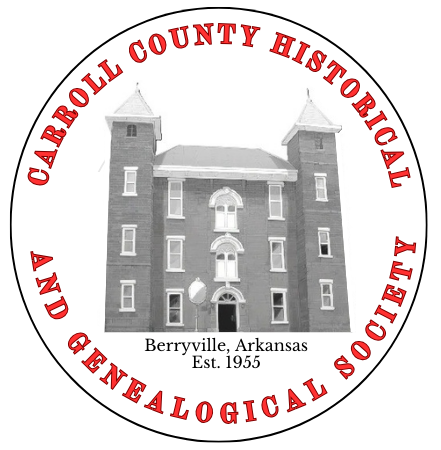The Mountain Meadows Room in the Carroll County Heritage Museum pays homage to one of the worst tragedies in American history.
Mountain Meadows Massacre Memorial
The Carroll County Heritage Museum houses the Mountain Meadows Room, commemorating a tragic event in American history, often referred to as the original 9-11. The Mountain Meadows Massacre occurred in 1857 as families from Arkansas journeyed west in a wagon train. Comprised of members from Boone, Carroll, Merriam-Benton, and Johnson Counties, the group gathered near John Baker’s land before embarking on their arduous journey.
The wagon train, consisting of about 147 immigrants, 35 wagons, and numerous cattle, mules, horses, and oxen, followed a route that passed through various states before reaching Salt Lake City. From there, they took the southern route toward Mountain Meadows. In early September 1857, they arrived in this southwestern Utah valley.
On September 7th, Mormon militiamen and recruited Pauti Indians attacked the immigrant camp. For five days, the immigrants defended their families until they were nearly out of ammunition. On September 11th, under a false truce and promise of protection, the militiamen deceived the immigrants into surrendering their weapons and property.
Separated into three groups and escorted from the camp under the guise of assistance, the unarmed men and older boys were killed by prearrangement. Disguised Mormons and Pautis then swiftly massacred most remaining immigrants, including brave women trying to shield their children.
Ren and fleet, the dead lay stripped of their bloodstained garments, about 130 men, women, and children left unburied at the meadows. In May 1859, U.S. Army soldiers collected the scattered remains and provided proper interment. Arkansas politicians, including State Senator William Mitchell, Senator Sebastian N. Johnson, and Congressman Alfred B. Greenwood, collaborated to locate and return the surviving children still in Utah.
By spring 1859, Captain James Lynch and others found 17 children under the care of Dr. Jacob Forney, Superintendent of Indian Affairs for Utah Territory. Escorted by the U.S. military and civilian support staff, fifteen children traveled from Salt Lake City to Fort Leavenworth, Kansas. From there, Mitchell and other Arkansas relatives guided them in ox-drawn wagons to Carrollton for a reunion with family and friends. In January 1860, two older survivors returned likewise.
Nine of the massacre survivors spent time in present-day Boone County; five in Carroll County. Two immigrant fathers killed at Mountain Meadows had left behind young children who were raised by family members in Boone and Marion counties.
Seventeen years after the massacre, a grand jury indicted nine Mormon men for crimes related to the tragedy. Many others were implicated, but only John D. Lee faced trial. Convicted, he was executed by firing squad at Mountain Meadows on March 23, 1877.
Within the museum lie displays depicting the wagon train’s appearance; pictures of survivors; memorial service images; books on the event; photos of past ceremonies; and a tree of remembrance with leaves bearing known names associated with the Arkansas wagon train.
At the Carroll County Heritage Museum, the somber history of the Mountain Meadows Massacre is honored. Here, artifacts such as recovered horseshoes, keys, and buttons from lost clothing tell the tragic story of 54 Mormons who participated in the murder of men seeking a better life.
A map reveals probable mass burial sites of the victims, while memorial stones on display bear their names, kin, and vocations—merchants, farmers, justices of the peace, cattlemen, and even an artist and poet. This journey for a better life ended in tragedy.
The museum invites visitors Wednesday through Friday from 9 a.m. to 4 p.m., and Saturday from 10 a.m. to 2 p.m. Located on Historic Bearable Square, admission is five dollars or free for Historical Society members and children under five. Discover more at www.ccheritagemuseum.com.
